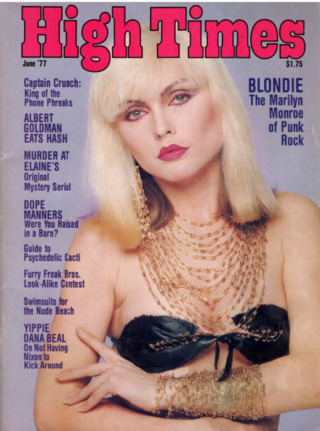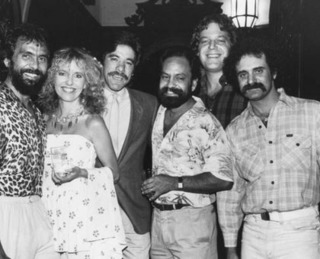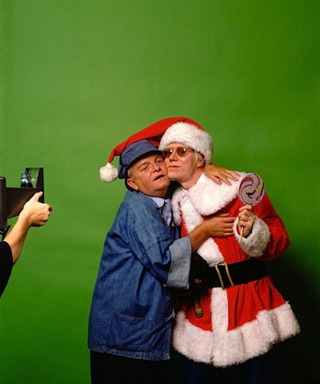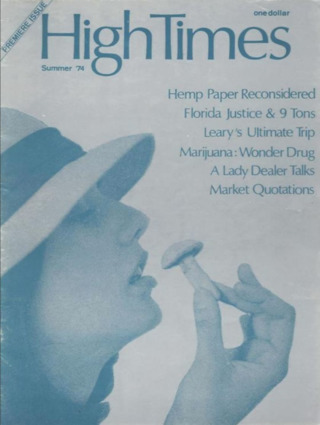The First of Its Kind
How High Times changed the magazine landscape.
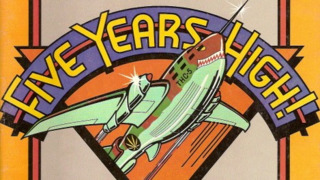
There are at least 40 cannabis magazines in the market today and many more on the horizon now that cannabis is legal or partly legal in 40 states with laws allowing for medical or recreational use.
Like any serious industry, there is an association; in this case it is The National Cannabis Industry Association (NCIA), which represents the cannabis industry and advocates to bring about the wider legalization at both the state and federal levels. This proves to me that, if nothing else, there is just too much money at stake for states bringing in increased tax revenue for it not to be legal. For local communities we have the on-going development of cannabis commerce, which is creating jobs and new infrastructures of supply and demand.
Forty publications are a great, still developing niche for both printers and publishers, but did you ever wonder where it all started?
When we started High Times Magazine in 1974, we thought pot would be legal by 1980. We got a lot right in those days, but not that prediction. Now 46 years later, the hope is that cannabis will be completely legal in the next few years.
In the beginning, the publishing world was dark and void. In the late 1960s and the early 1970s, there was a new culture emerging across the country hiding in plain sight. But newspapers and magazines, with rare exceptions, seemed unaware and/or blinded by the ongoing ethos of the day.
It was High Times Magazine that contributed to changing the media’s perception and reported what was actually happening. Before High Times the only time anybody reported on marijuana was when someone was arrested, and there was a big bust with pictures of a bale of pot and someone in handcuffs. The only stories of any kind were about the criminality of marijuana, except perhaps once in a while Life magazine would run something heartwarming such as "Look at these long-haired hippies smoking marijuana!" At the time, the media coverage was all negative. But we founders of High Times came from the cannabis culture and saw the world differently from straight media. We showed that there was another side to the story. We felt it was important to write about and share that there were many other people just like us. It turns out it was also lucrative.
It’s important to note that we took positions that the country is still confronting. We weren’t the first to think this way, but our politics were extremely liberal and to us obvious – equal rights, legal drugs, no wars, no police brutality, no crooked cops, equality for women and a really, really good time.
On the cover of our first issue was a woman eating a mushroom. High Times wasn’t a marijuana magazine, it was the magazine of "High Society," and that is exactly what the magazine's tagline said. It was a magazine dedicated to getting high. High Times was very purposely modeled after Playboy, with interviews such as Hunter Thompson, Tim Leary, Mick Jagger, Bob Marley, Stephen King and many others. And, of course, we had a centerfold every month like, but unlike, Playboy.
High Times was, without a doubt, a master training school of young publishing talent. Many great publishing professionals got their start there. From the original graduating class, Art Director Diana LaGuardia won awards for best design while at Conde Nast and the New York Times; while the late, great Toni Brown became art director of People Magazine. Some of our graduates conquered ad agencies as Senior VP’s. Ed Dwyer, the first editor of High Times, went on to a fine career, as many High Times graduates did. Ed was a top editor for companies such as AARP the Magazine, Penthouse, Los Angeles Magazine and Whittle Communications. Another early High Times editor was Larry "Ratso" Sloman, who made a career writing books on Dylan and Houdini, and whose best-sellers, "Private Parts" and "Miss America," were in collaboration with Howard Stern. One member of the first graduating class of High Times even publishes the world’s oldest e-newsletter, not a small accomplishment in itself.
Did you know that High Times was one of Quad Graphics’ earliest clients? Did you know that Larry Flynt’s magazine Hustler started the same year as High Times? Larry Flynt and High Times agreed to distribute their titles on the newsstands when he launched Flynt Distribution. High Times was the first magazine I am aware of to shift from outsourced typesetting to an in-house Compugraphic system. This was a huge move when you consider that we went from hot lead, just like Guttenberg used, to photographic typesetting then called cold type.
We experimented with various paper stocks and specialty inks and new cover coatings. We had, to the best of my knowledge, the first full-color newsprint section in a national magazine. We called it the High Witness news. We had an association with Andy Warhol who helped design several of our covers and was himself on the cover at least three times. Other High Times cover stars were Mick Jagger, Dr. Hunter S. Thompson, Johnny Rotten, Truman Capote and the quintessential Cheech and Chong. Debbie “Blondie” Harry thanked us for her first national magazine cover. Arnold Schwarzenegger’s first non-muscle magazine cover was also, you guessed it, at High Times.
High Times paved new journalistic grounds and pushed the power of print while opening the door for other national alternative magazines. But I would say we weren’t ahead of our times, rather exactly on target for both our times and the pulse of the nation. Now the radical experiment in journalism is 46 years old.
I salute the peers of my graduating class for a job well done. I also applaud the next and future generation of cannabis media pioneers.

